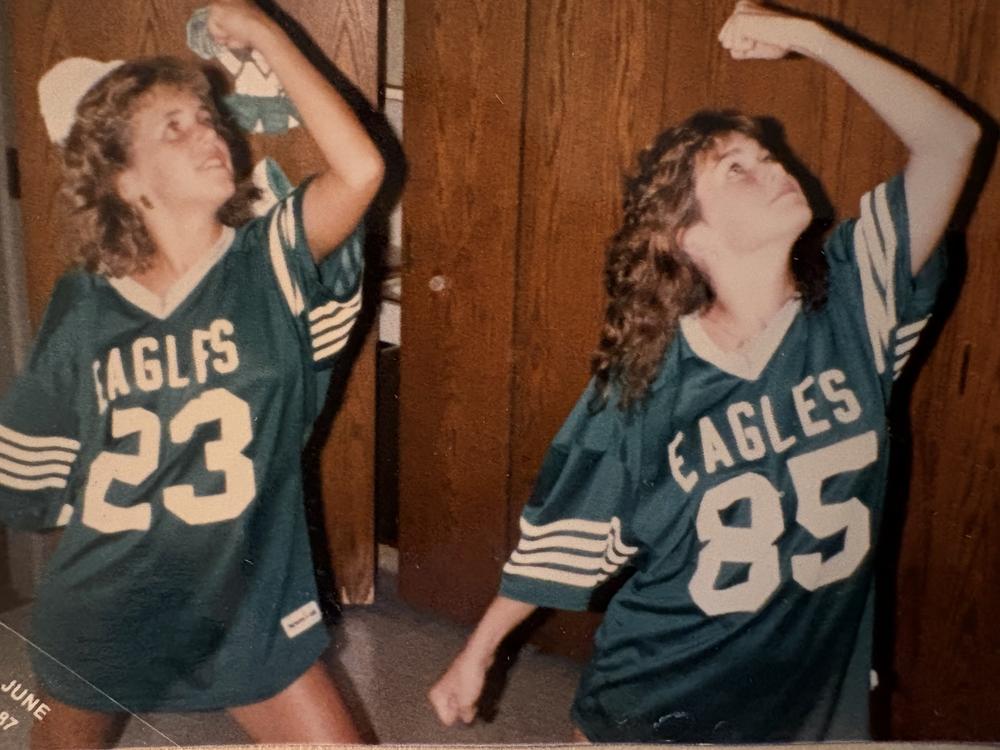Company Culture and Accountability
As a staffing leader at Catch+Release, I love when candidates say, “Tell me about your company culture.” I have a lot to say, and every day as I continue getting to know my co-workers more deeply, my response grows more and more enriched. Collateral on the importance of accountability in establishing a healthy company culture is ubiquitous in the corporate world. You can find dozens of conceptual articles about the relationship between accountability and culture, but rarely do we see companies share the specific steps they’re taking to establish a culture of accountability. At Catch+Release, though, we’re working diligently to do just that.
Accountability within a team is critical to company success. It can become a grave problem if not addressed. According to an article from the Forbes Business Council, “One study of more than 5,400 upper-level managers found that accountability was their single most neglected behavior and that 46% failed to perform in this critical area.” Establishing a culture of accountability is no easy task. Although it’s been a long, challenging road, we’ve managed to stick together throughout our transformation from a services focused entity to a platform focused marketplace.
Accountability Is More Than Just Responsibility
To be able to accurately depict some of the ways we’re accomplishing this task, let’s first agree about what accountability really means and looks like in the workplace. Accountability is often misconstrued as solely “responsibility”. There are vast differences between the two. Responsibility is more often focused on the actions engaged by teams and individuals on the path to completing tasks. Accountability is more focused on the results of the aforementioned actions leading to a sense of ownership after the tasks are completed. These results are tracked through data to ensure teams are headed in the right direction.
Throughout my tenure at Catch+Release, I’ve been very fortunate to witness this process play out between peers at the leadership level, as well as among individual contributors. While we’ve grown rapidly, we’ve still continued to communicate our successes and failures openly. It’s also very clear where responsibilities and ownership lie, and we prioritize feedback loops. At the leadership level, we’re always trying to improve our communication both laterally and down to our respective departments. We welcome admitting our own mistakes. Our People Team works hard to gather data from employees to get a stronger pulse on how we feel about our company direction, mission and sense of ownership.
There are many steps taken at C+R to help establish a culture of accountability. Teams provide micro and macro support, monitor progress with data, track effectiveness, supply critical feedback and establish tangible expectations. Our CEO Analisa Goodin’s mission-driven approach ensures that goals are clear and defined through monthly All Hands meetings. Specific, measurable and attainable goals are discussed during these gatherings where opinions from all angles are encouraged to be voiced. She has an “open door” policy so that employees can approach her to discuss anything from our company values, mission, and goals to honest critique and new ideas.
Safe Spaces Foster Accountability
I shared an article last month discussing the importance of safe spaces. These safe spaces are areas where culture and accountability can grow and develop. They also help sow the seed for increased trust between departments and peers which can lead to increased productivity. Taking accountability of results, whether positive or negative, may very often involve vulnerability. Due to this, compassion and empathy are also needed. Having safe spaces to be vulnerable can aid in the expression of accountability, and we provide different venues to support this. We have monthly Lunch and Learns to help connect and bolster employee relationships as well as offer visibility cross-functionally. Employees are encouraged to join each other for “virtual coffees” to keep each other in touch as often as possible. Given the remote nature of our company, it’s critical to utilize these to help stay connected.
At the end of the day, culture is the culmination of ideas, expressions, thoughts, behaviors and feelings we share and enact as a group. Weaving accountability and ownership into a cultural setting has its challenges. These challenges can be overcome through effective communication and self awareness. It’s important to set realistic goals, being compassionate, and feeling safe enough to take ownership for mistakes. We can’t fix problems if we’re not aware of them, and they’re an essential learning opportunity. Taking ownership of your own results comes naturally when it’s clear to you and your peers what your responsibilities are. The Catch+Release leadership team is keenly aware of this and strives deeply to set each other up for success.
Like Attracts Like: Hiring Leaders Who Share Our Values
So when I interact with candidates, I want to make sure they know that we value accountability, compassion, and communication. We more than value it — we are constantly making sure we put our words to action. And we expect this from anyone who decides to join the team. After all, this is key to finding the right fit, which we know leads to future success and productivity.
Related Resources
%20(397%20x%20264%20px)%20(3).png)
The New Operating Model for Creative Teams
Catch+Release COO Bryan shares how Content Genie introduces a faster, clearer, and more scalable way for creative teams to move from brief to story. This pre launch perspective explains why the future of content production depends on a new workflow built for modern creative speed.

Five Super Bowl Ideas That Could Win With Found Content (And Won't Cost $8 Million)
Found Content is no longer a backup plan. It’s a bold, culture-driven strategy for Super Bowl spots that want to win hearts, spark conversation, and save serious production dollars. Explore five creative plays brands can use to bring authenticity and impact to the biggest stage in advertising.




.png)